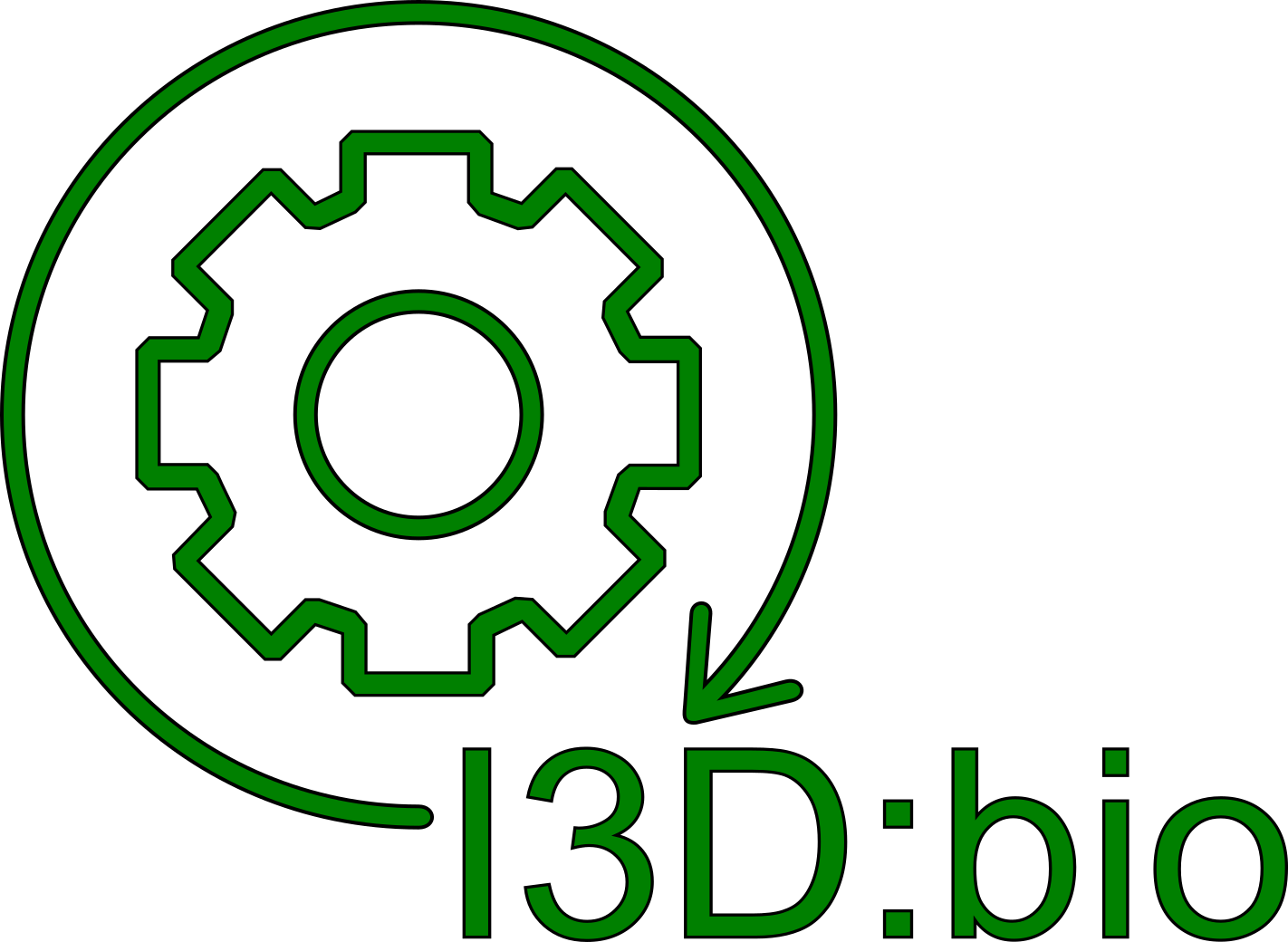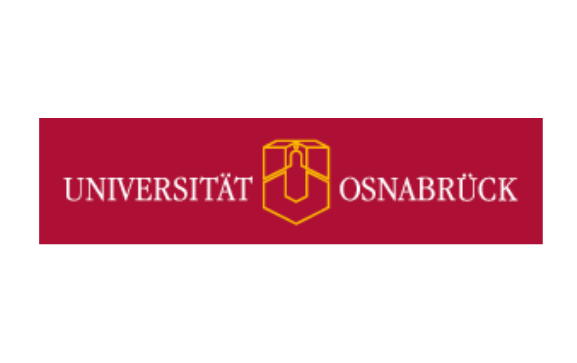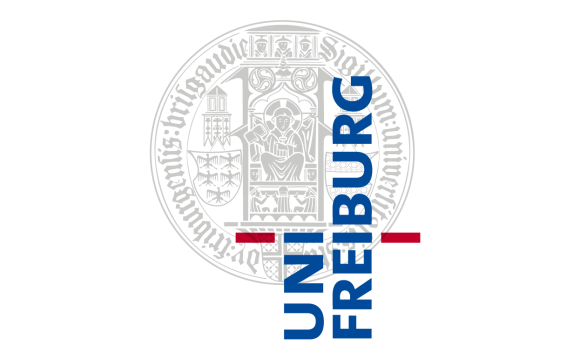Metadata is often referred to as “data about data”. It describes properties associated with the experiment that has led to the pixel image including all information to fully understand what was imaged and how the image was generated.
Technical metadata
This metadata includes information on the hardware that was used to acquire an image and which settings were used. This information contains device specifications, objective lense specifications, light-source, laser and filter settings, numbers of channels, camera, bit depth, etc. Technical metadata is recorded automatically by most microscopes, and is contained in the metadata header of the stored image file. This metadata can be accessed and – if necessary – edited by using metadata editation tools.
Experimental and sample preparation metadata
This metadata contains information about the specimen that is imaged, e.g., the organism of origin, cell line, organ, expression contstructs, etc. The experimenter must add this information to the data. Today, it is often not contained in the saved image files, but stored by users as part of their paper lab notebook documentation or their electronic lab notebook documentation. Experimental metadata is important to make the imaging data fully understandable. Tools exist to add experimental metadata to the metadata file header of image files. Image data managment platforms like OMERO can be used to annotate the data, e.g., using key-value pairs or tags.
Sometimes distinguished as a different category of metadata, the experimental metadata should also cover how a sample has been prepared for imaging. Were samples fixed and stained with antibodies, e.g., conjugated to fluorescent dyes? Did the samples contain other means of contrast generation? Or was it living cells and under what conditions were they imaged? Sample prepration metadata is often contained in the experimental protocol as part of lab notebook documentation, electronic lab notebook documentation, or as described in a published or lab-internal standard operating procedure. Sample preparation metadata is required to fully understand the data and is needed for reproduction in independent experiments. Tools exist to add sample preparation metadata to the metadata file header of recorded images, or the images could be linked to the protocols that were used for sample preparation.
Scaling the complexity of image metadata
In bioimaging, there are no generally applicable standards about which metadata items are to be recorded and how. This is due to both the large variety of different imaging modalities which require different metadata to be fully described, and to the variety of different vendors who offer microscopes including the necessary software for research purposes. This situation has made it difficult to define which metadata should be recorded and how to ensure the research data adheres to high standards of good scientific practice.
Members of the bioimaging community have started collaborative efforts to pave way for more standardization in the field of image data formats as well as image metadata. These efforts include guidelines to help decide which metadata should be recorded, and several tools that are intended to help with the annotation of the necessary metadata, if not recorded automatically.





